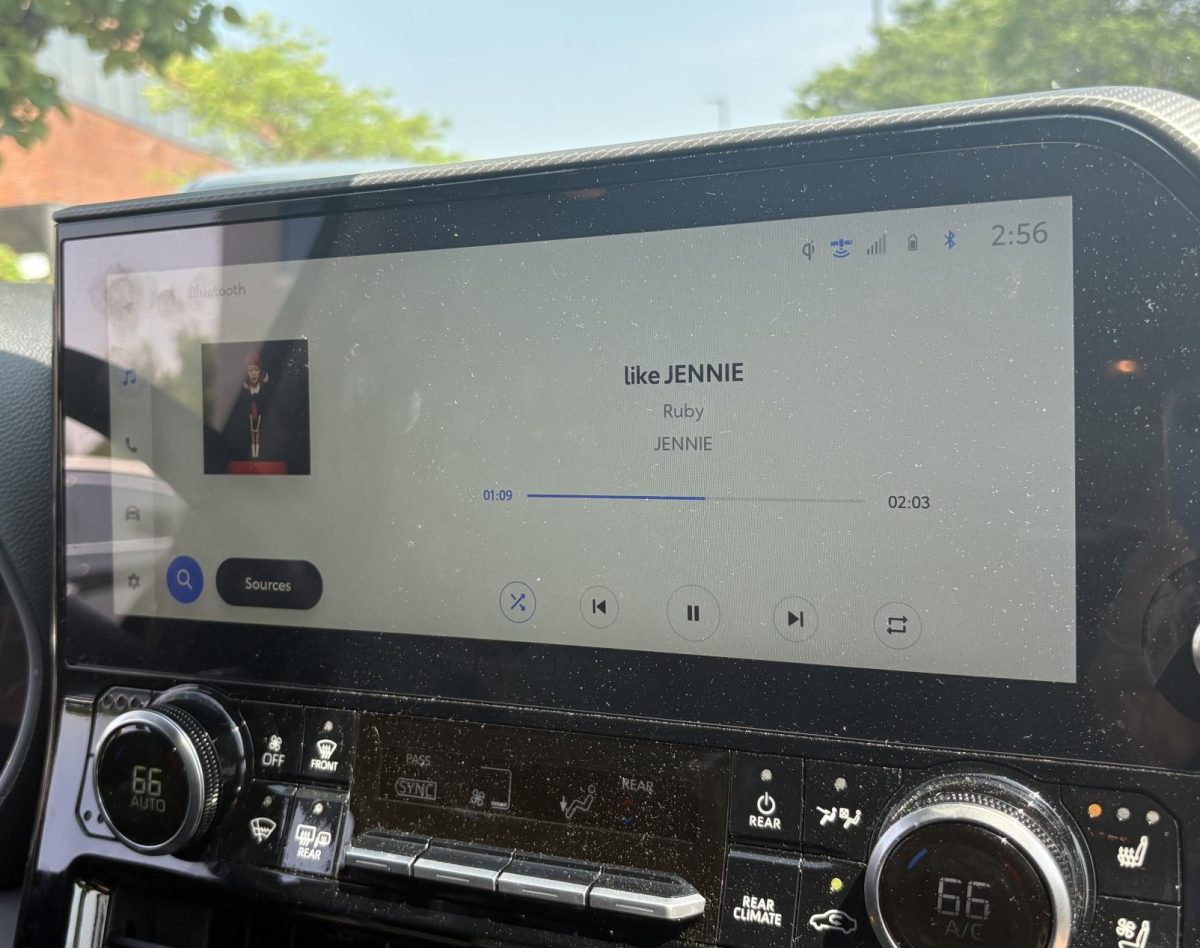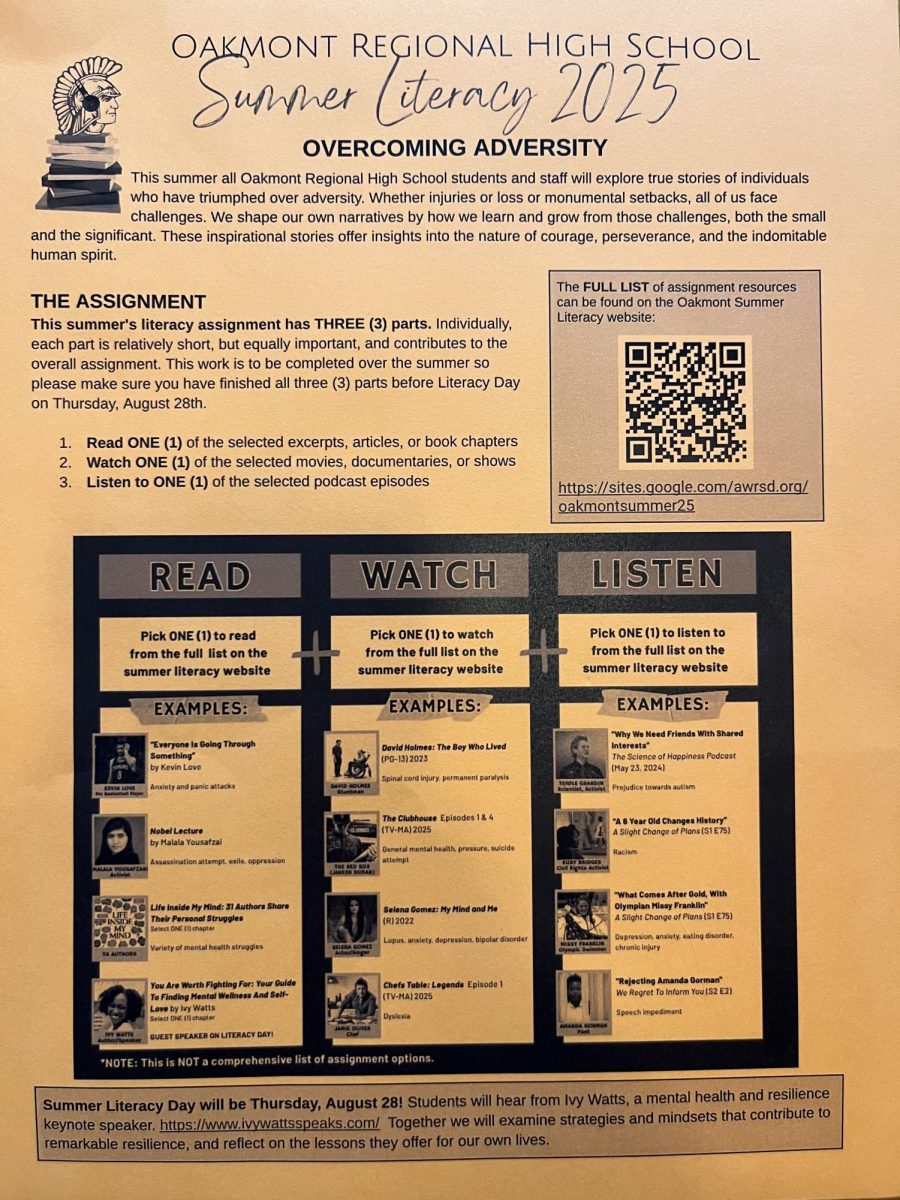Protected: Tetris: A Brief History
3
3
More to Discover
About the Contributor

Josh LeGrand, Reporter
Joshua Le Grand is a part of the Class of 2026 at Oakmont. This will be his second year as a member of The Oakmonitor. He is a member of the Marching Spartans, an OTV anchor, and plays alto sax in the Jazz Band. In the spring, he participates in track and field, something that he’s done for the past three years. He is also a member of the NHS, SHF, and is a Class Officer. He enjoys music, both listening to it and making it himself. Other things he enjoys are taking walks and watching NBA basketball. In the future, he hopes to go into medicine, although he isn’t sure what field he’d like to pursue.




















